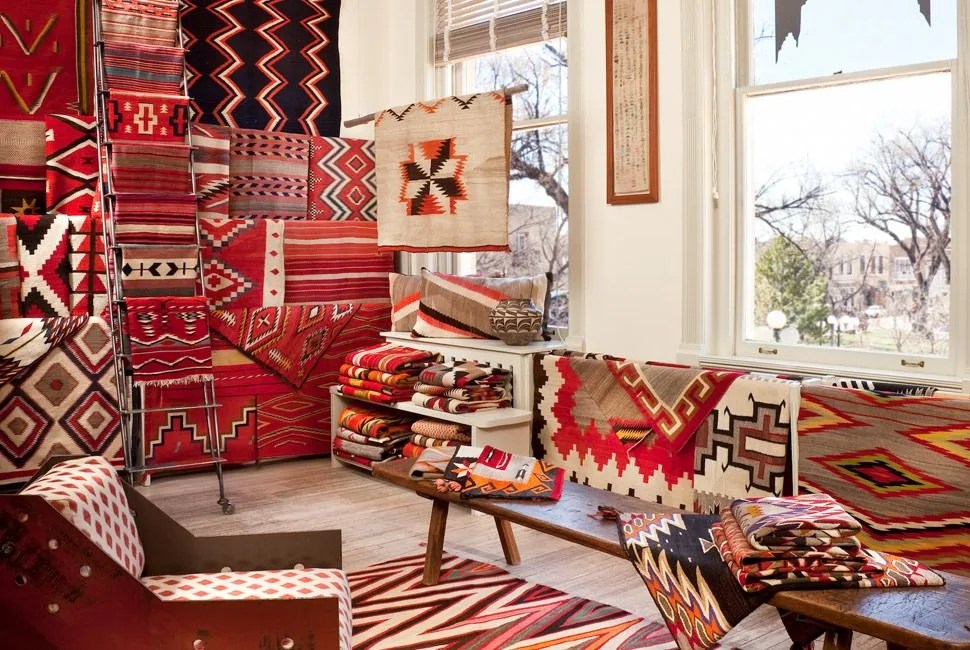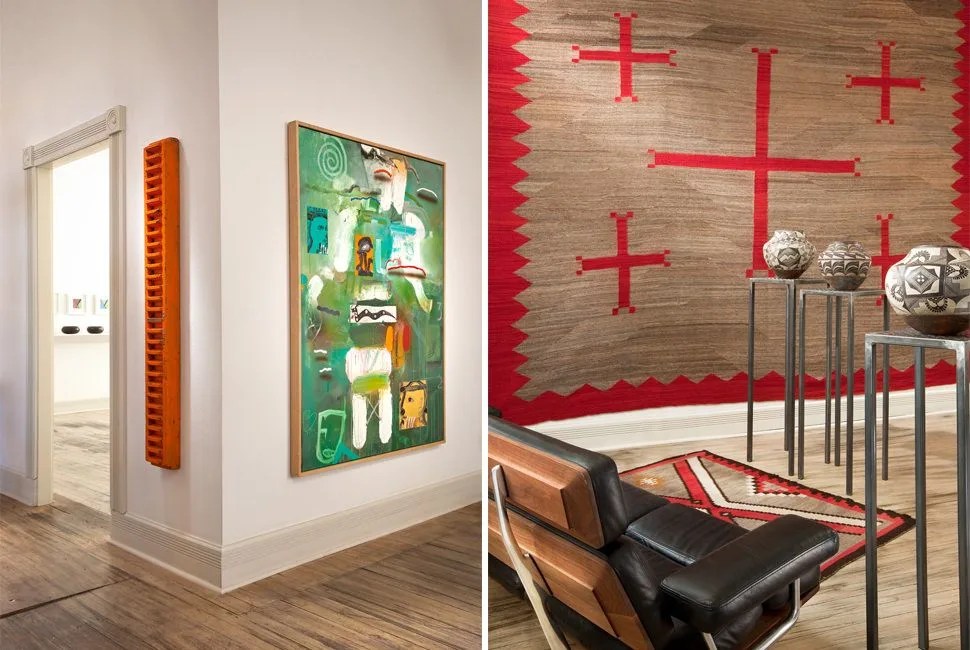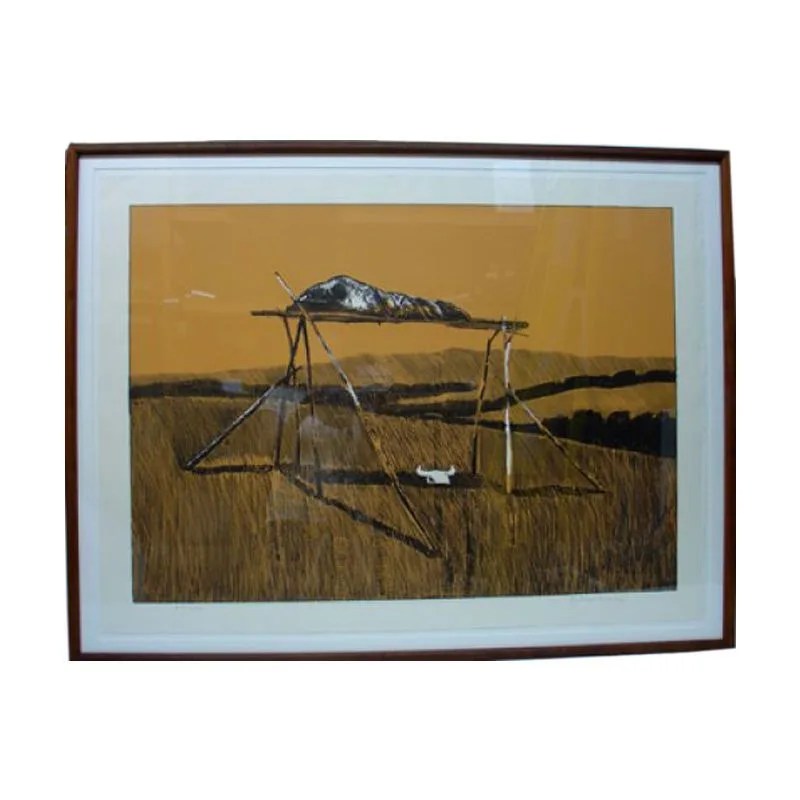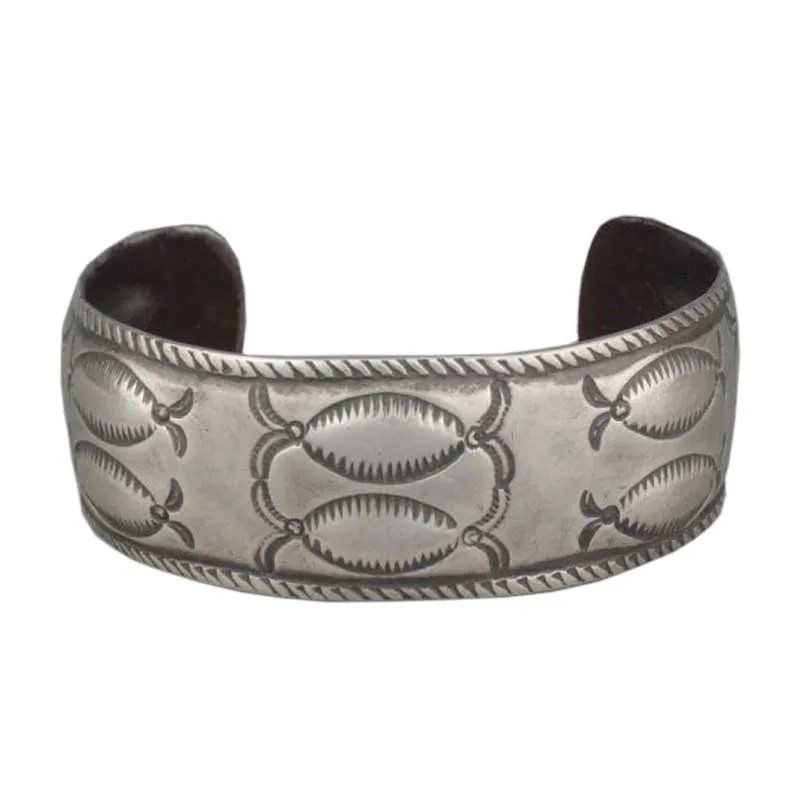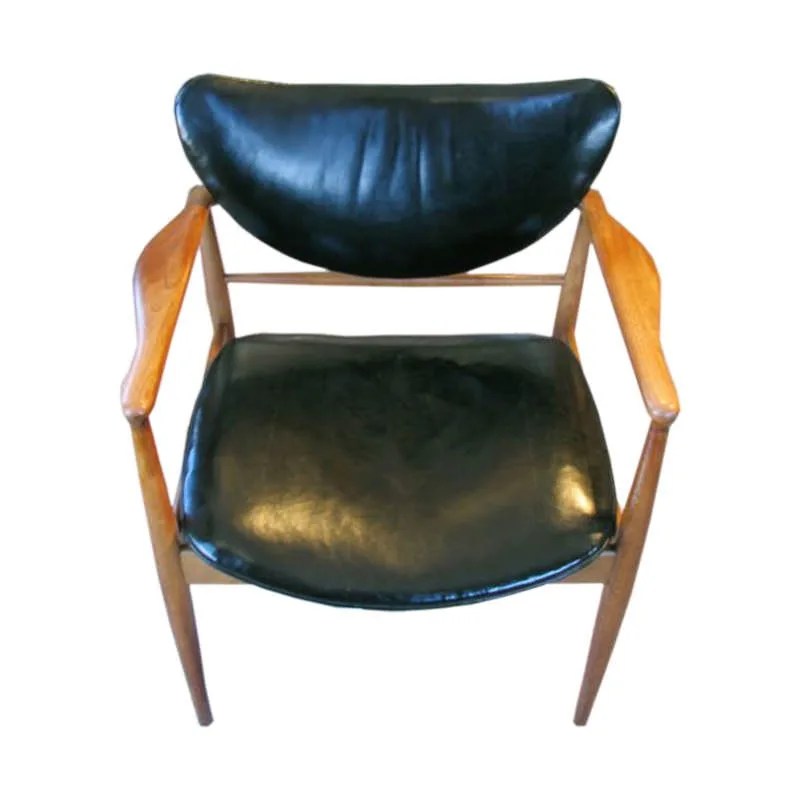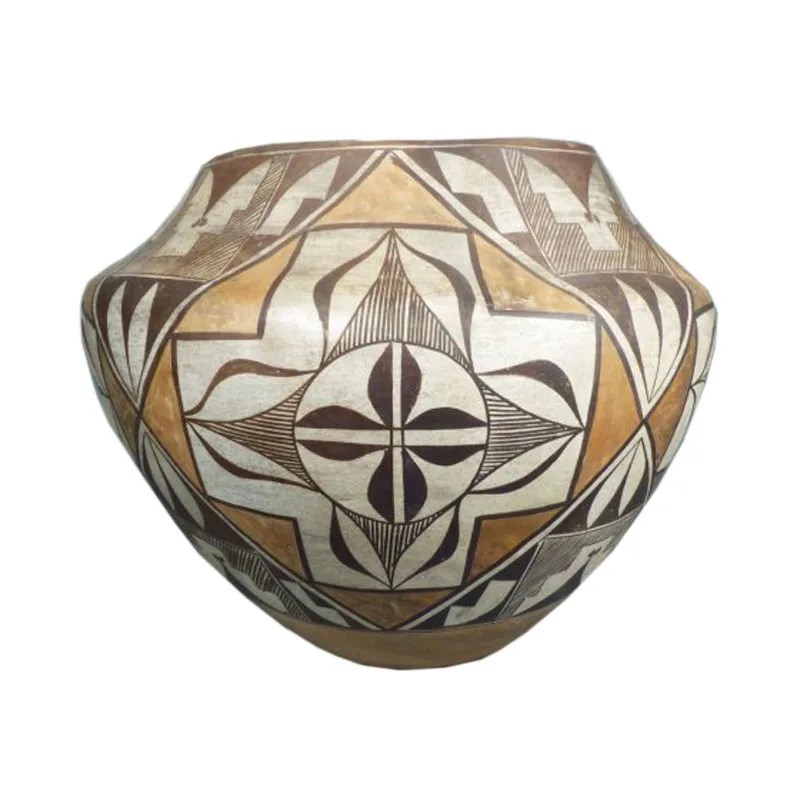Jed Foutz is from Shiprock, a small town on the Navajo reservation in Northwestern New Mexico. “I grew up at the old trading post there. My father and my family have been in that business for five generations,” said Foutz. “I’m the fifth generation. It’s in the blood.” Surrounded by the Navajo culture, Foutz learned to view the world from a different perspective. “They have such a different approach to life and time.” At the trading post, Foutz was immersed in a range of Native American art — textiles, pottery, jewelry — which had a lasting impression on him. “There is a depth of connection to what the form is,” Foutz said. “I feel power and depth in Native American art that I don’t find in everything.”
After spending two years in Japan, on a mission for the Mormon church, Foutz returned to school and majored in Japanese and Asian studies at BYU. “I was just taken with Japan,” Foutz said. “It’s been a chord that’s run through the rest of my life.” While in college, he started selling Native American jewelry to the Sundance Catalog and Ralph Lauren. After school, Foutz took over the family trading post in Shiprock, and in the following years, acquired two other posts and two galleries in New Mexico.
Now, the majority of Foutz’s time is devoted to his renowned gallery in Santa Fe, named after his family’s historic trading post. The space is a unique mix of Foutz’s interests: Native American art from the Southwest, Visvim clothing from Japan, mid-century furniture from notable designers and an offering of modern art. Though the offerings, on paper, may seem disparate, they are tied together through the respect and appreciation of artists and their crafts. “I’ve never been a big bottom-line or money-driven person,” Foutz said. “I don’t really know how it works sometimes, but I hope people can sense the value of that and the deeper meaning below everything.”
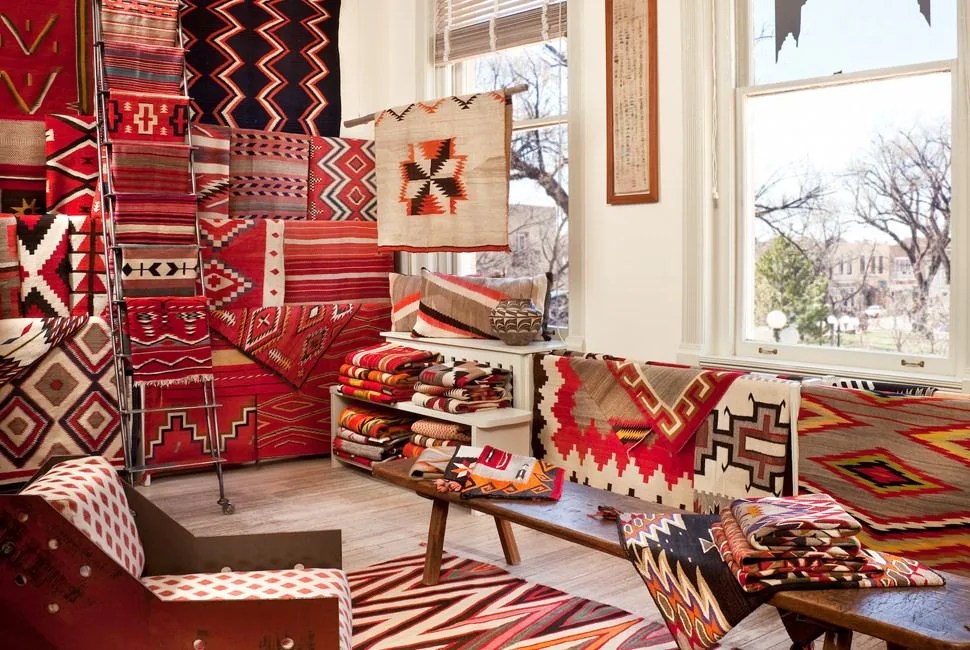
Q: How did Shiprock Santa Fe come about?
A: I went back to Shiprock, the village, and bought the trading post from my father when I was 25. I added two other trading posts in the years after — Red Valley and Shonto — so I was running three trading posts. The Navajo culture and the reservation were changing dramatically, and a trading post, traditionally, was a buffer between two cultures. That role was changing, and the need and necessity and the job I had done my whole life were quickly changing, and disappearing in many ways. I needed a new direction or a new way to make the business viable. So, I purchased part of a gallery in Albuquerque and then I took over this business in Santa Fe — Shiprock Santa Fe — 10 years ago. When I took it over I still had three trading posts, and the shop in Albuquerque and the gallery here, so it was crazy.
Q: How was the Navajo culture changing?
A: I grew up loving that culture, and it still obviously exists, but, it’s inevitable that — Navajo culture living with our culture — over time they just assimilate and become more alike. That’s what’s happened every decade. I would work with older women who were the grandmothers, basically, and they were completely different culturally than their grandchildren: the language, the approach to art. Overall it was always the goal of our government to mainstream those cultures, and kind of an inevitability.
Q: Tell me about the artists you work with for your gallery.
A: Santa Fe much is more centrally located in the Southwest, and to other tribes, so I’m not as Navajo-centered as I was earlier in my career. Now I’m surrounded by pueblos on one side, and I still obviously represent a lot of Navajo artists: sculptors, jewelers, weavers, painters; anything that speaks to us and any artist that we think fits what we do at Shiprock, we try to work with.
